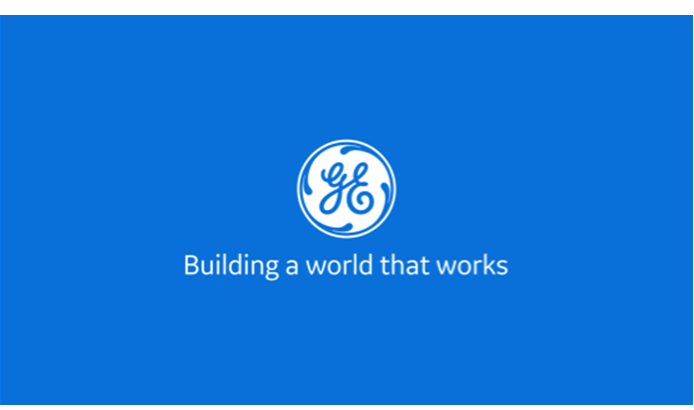OFF-ROAD ROBOT
When the military wants to send an autonomous vehicle into the field, it’s nothing like cruising down the highway. It must navigate “unstructured environments,” which means its AI brain needs to read obstacles in its path — a tree trunk, a ditch — and make quick decisions about what to do next and avoid getting stuck. A year-old collaboration between GE Research and the U.S. Army called the Scalable Adaptive Resilient Autonomy Program (SARA) has now successfully demonstrated such a “risk-aware” vehicle, dubbed the ATVer.
Humble guy: Instead of roads and buildings, ATVer recognizes objects in its way, then applies machine learning to adjust its direction accordingly. This ability to step back and assess a situation is called humble AI. GE developed the technology and it has already been field-tested in wind turbines to maximize their output and reduce outages. Applying the same ideas in SARA has resulted in a roving robot that exercises an abundance of humility and caution, like a soldier out on patrol.
Find out more about SARA and the ATVer here.
A MAN AND HIS MACHINES
The ATVer is only the latest robot that GE Research has produced. As it happens, the division has a long history of building robots to solve all kinds of problems. The man who knows more about this than anyone is John Lizzi, executive leader of robotics and autonomous systems at GE Research. Lizzi has been with GE for more than two decades and holds 11 patents.
The origin of species: Lizzi’s team works all across GE’s industrial portfolio to drive robotics and autonomy, including applications in healthcare, field services, manufacturing and defense. In addition to his efforts at GE, he is a member of the Association for Advancing Automation (A3) initiative to promote AI in automation industries. “We are in the midst of what some have called a Cambrian explosion in robotics,” says Lizzi, who sees “robots, and specifically industrial robotics, as moving through three phases: robots as tools to robots as partners, and ultimately to robots that sustain the things we care about.”
Read more about John Lizzi and his team’s robotics research here.
FORGING AHEAD
To make the components for a machine like GE’s Haliade-X offshore wind turbine, foundries typically spend weeks handcrafting a wooden model, using it to make a mold, casting the parts in the mold and then shipping those parts to where they need to go — which can be thousands of miles away. This week GE, along with Fraunhofer Institutes and Voxeljet AG, announced a project that promises to streamline how those parts are made. The partnership will develop what’s billed as the world’s largest 3D printer for offshore wind applications, allowing parts to be cast in close proximity to where they’ll be used.
Seeing in 3D: The Advance Casting Cell, as the 3D printer will be called, will be a sand binder jet printer, which works much faster than laser-based methods and also can produce larger parts. Trials are planned for early 2022 and the team envisions a machine that could print molds used for key turbine components that measure up to 9.5 meters in diameter. 3D-printing the molds on-site would help save time, lower costs and make the casting industry more sustainable by reducing its environmental impact.
Read more here about the Advance Casting Cell.
THE COOLEST THINGS ON EARTH ?
1. Don’t Fear The Water
A research team in Florida created a “superhydrophobic,” or water-repellent, gel that can keep surfaces dry underwater for hours.
2. It Cools As It Fuels
Engineers at Australia’s RMIT University 3D-printed “miniature chemical reactors” that could help keep hypersonic aircraft from overheating.
3. Cancer Avatars
Researchers at University College London developed a tool to test which cancer treatments will work best for individual patients.
Learn more here about this week’s Coolest Things On Earth.
— QUOTE OF THE DAY —
“We need to build a system that is aware of the effects of its actions. If its prediction is wrong, it can be catastrophic.”
— Shiraj Sen, senior robotics scientist at GE Research
Quote: GE Reports. Images: GE Research, GE Reports, GE Renewable Energy.







